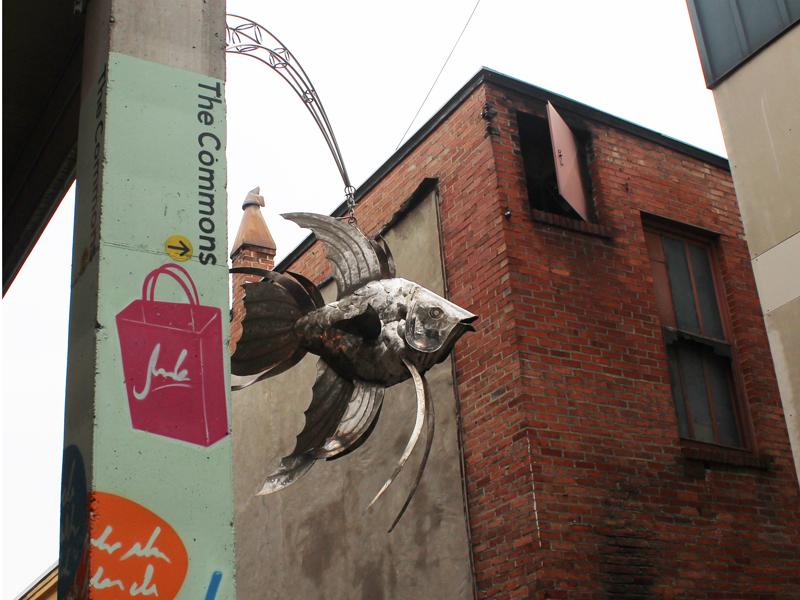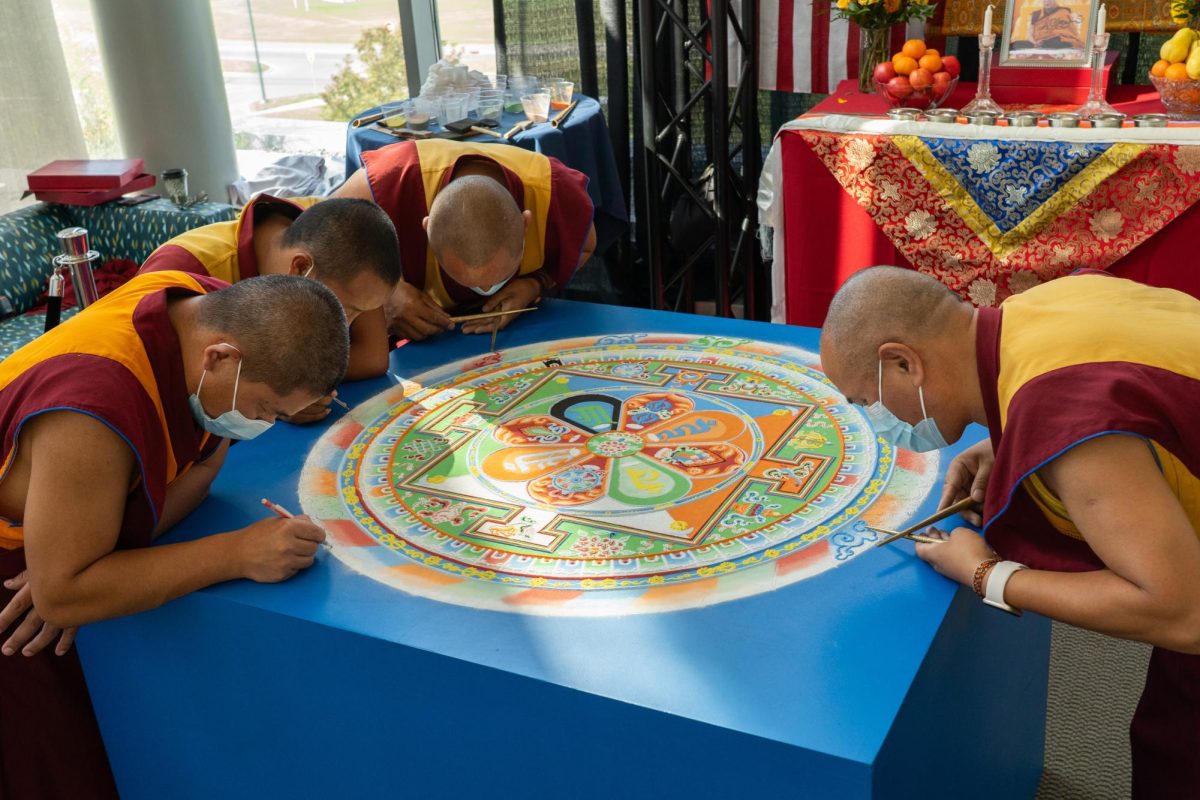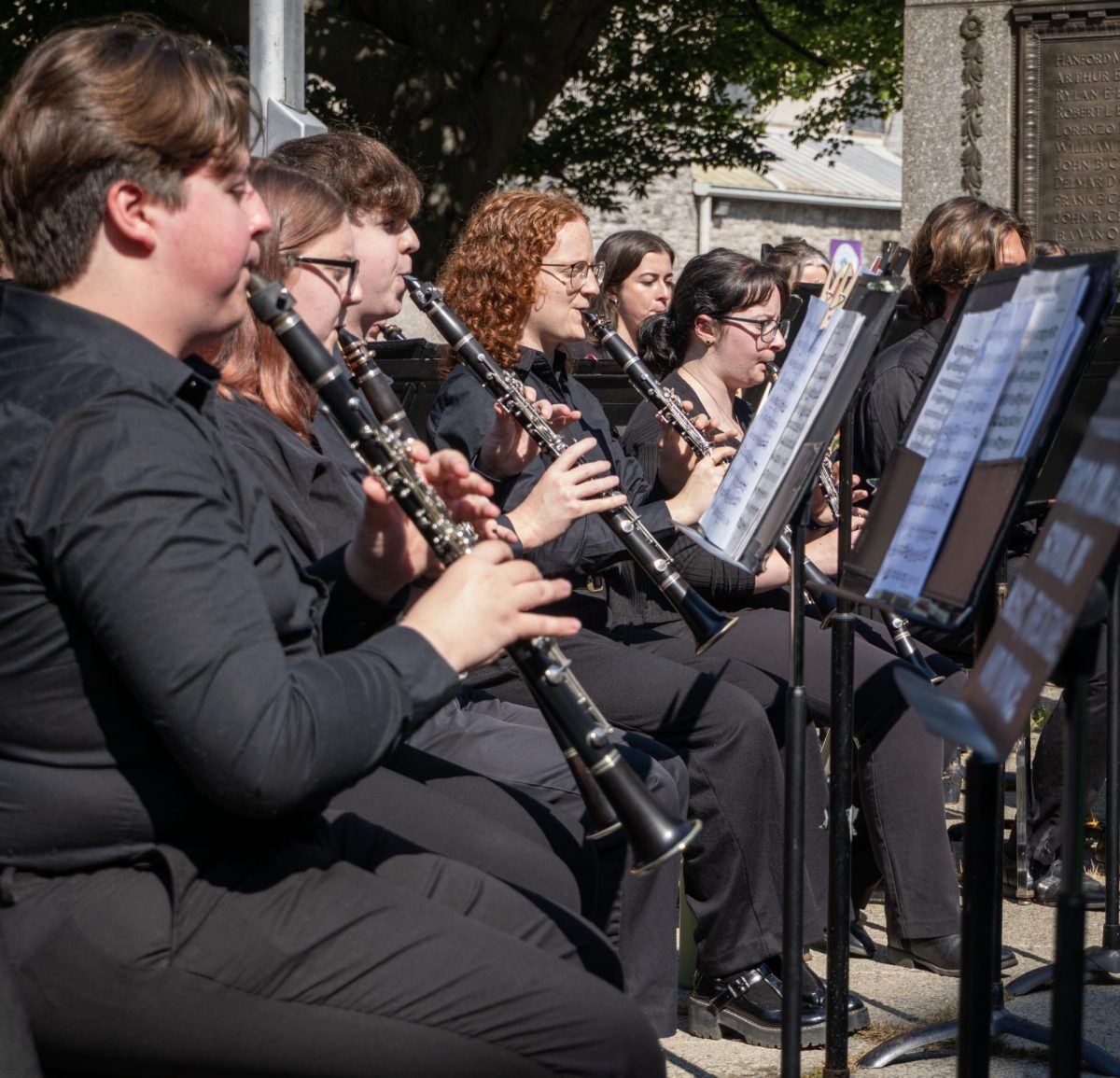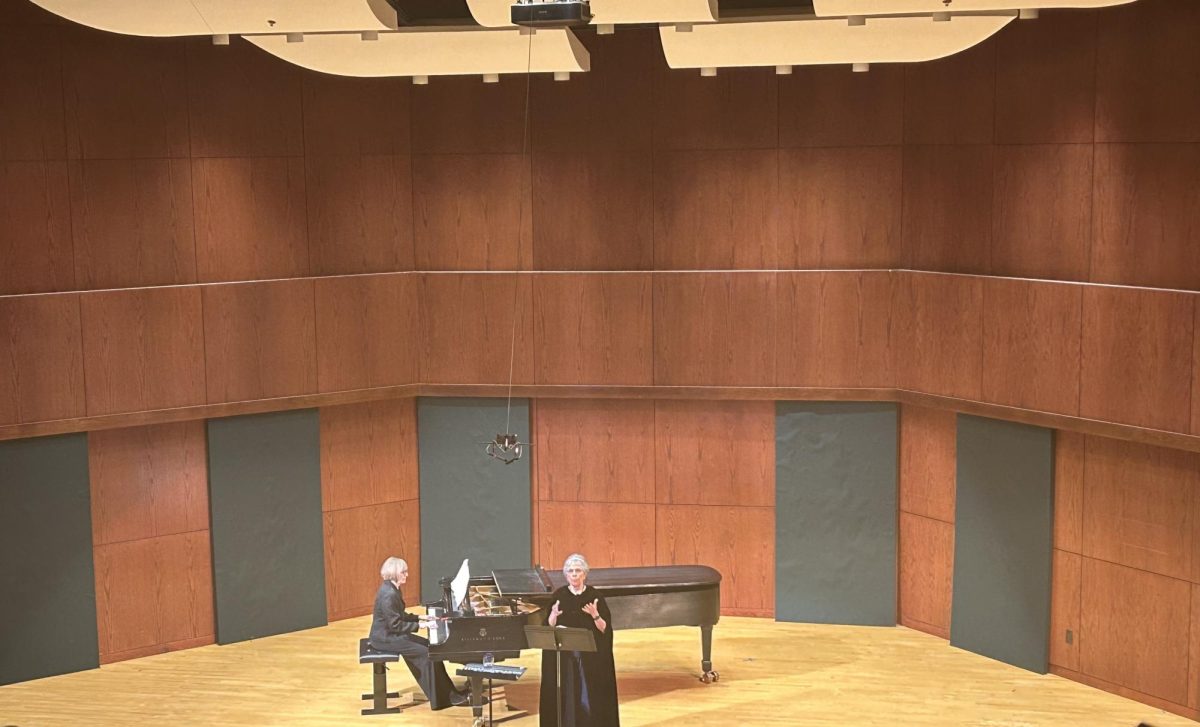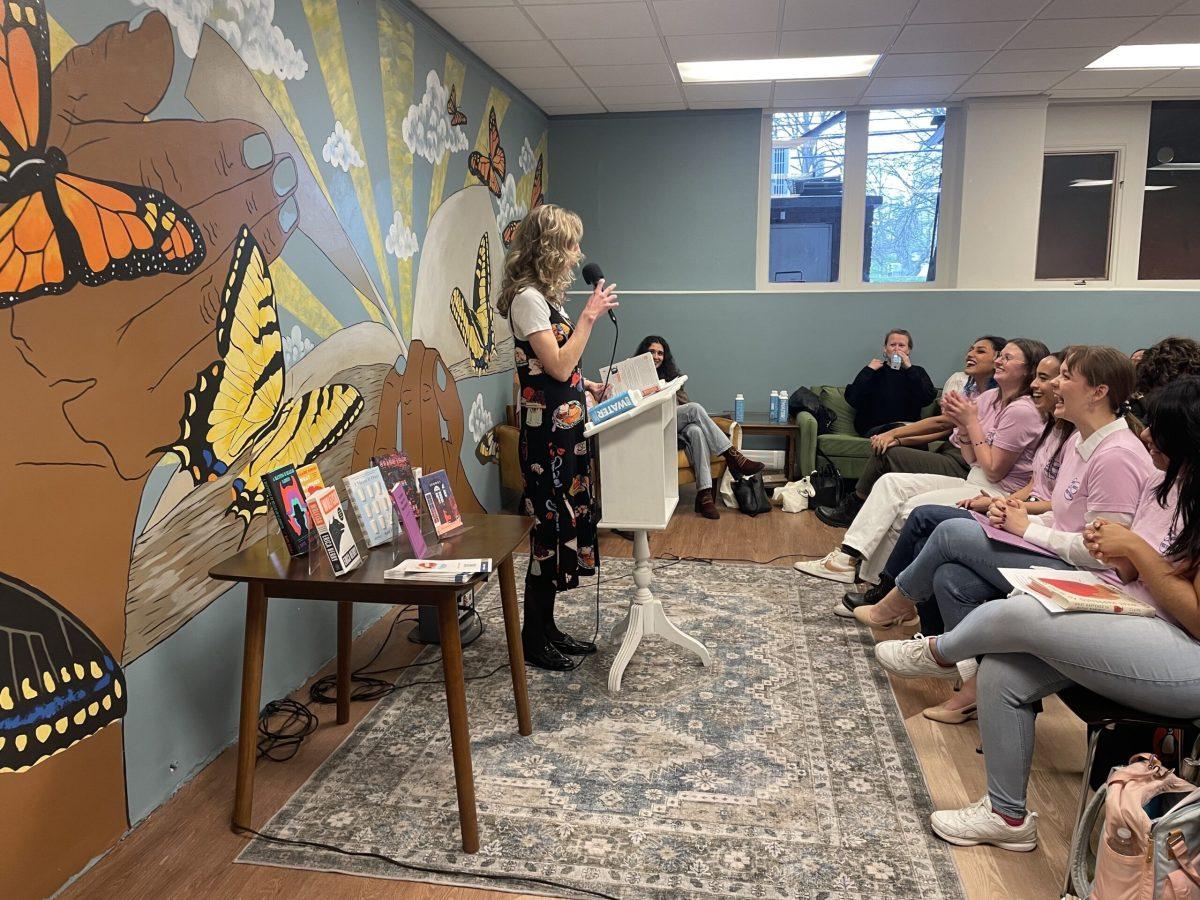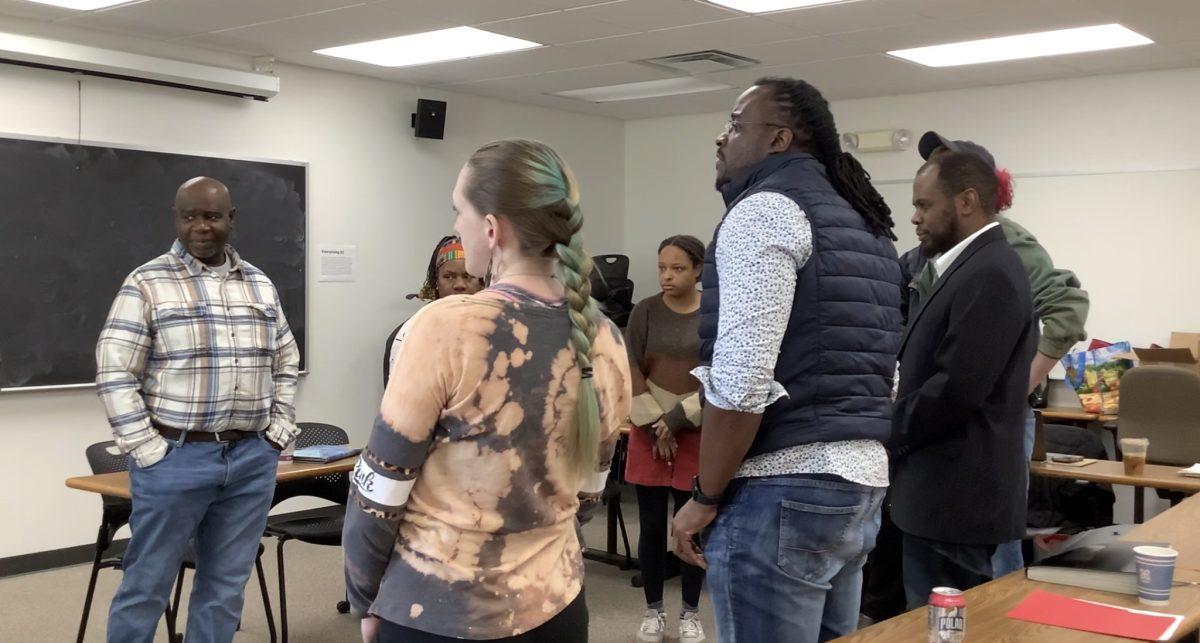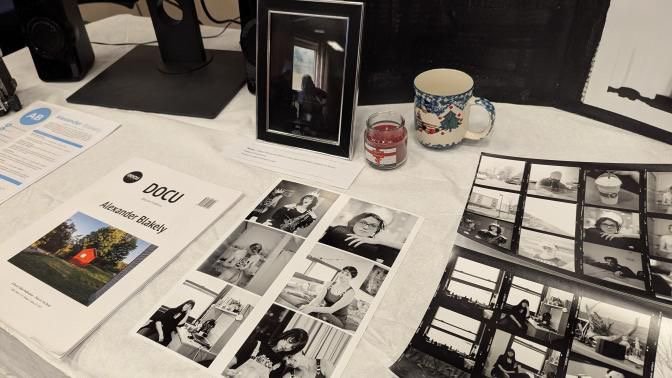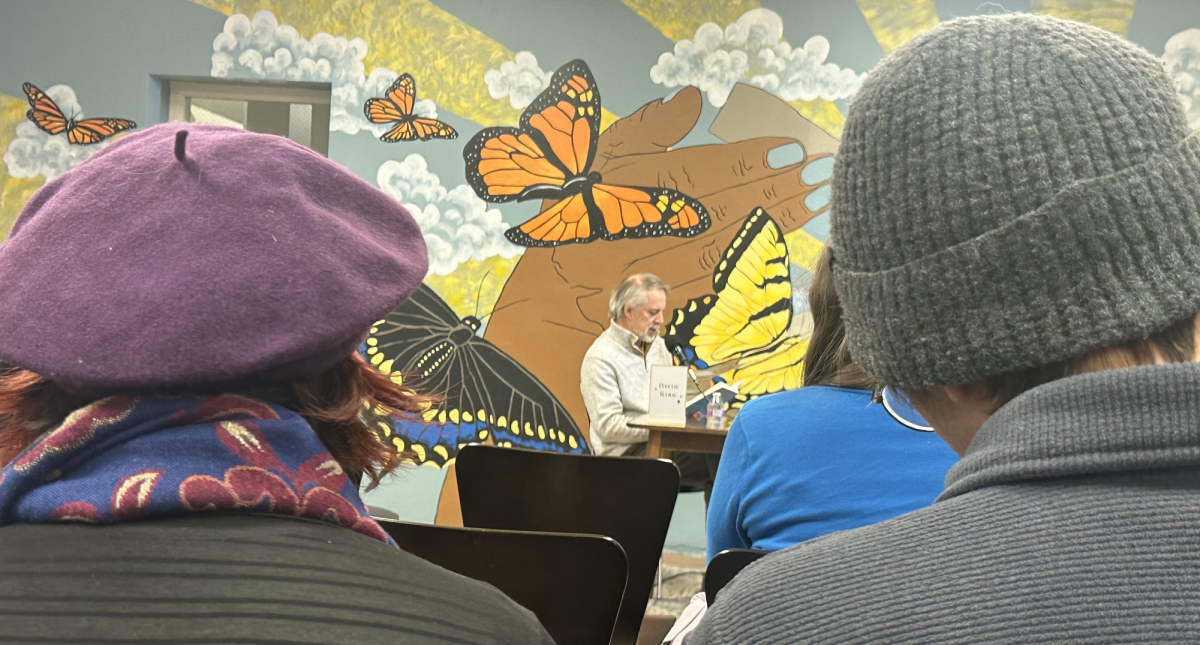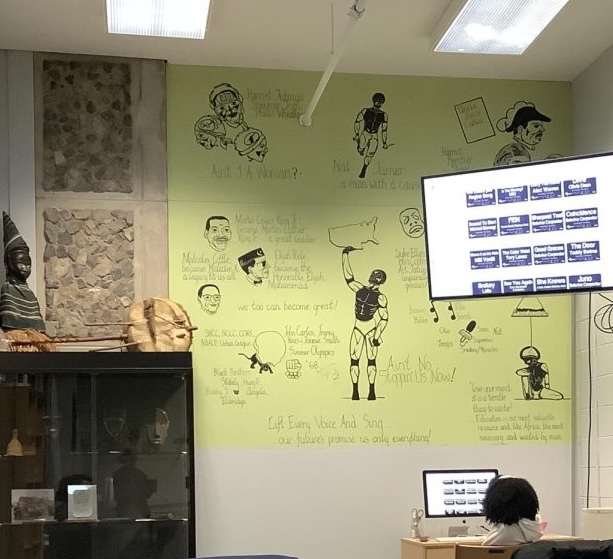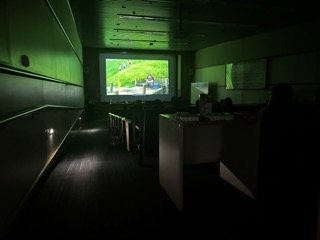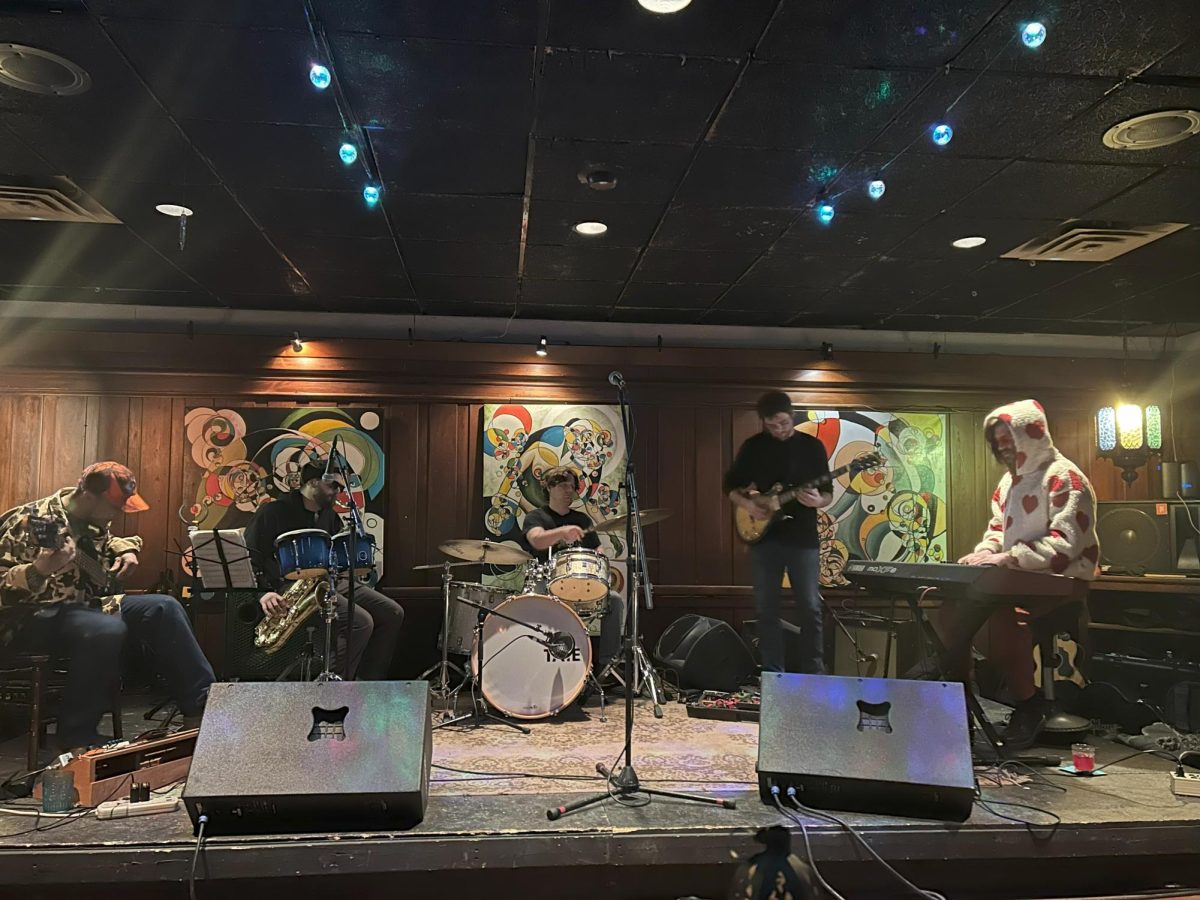The 18-month project to renovate and upgrade the surface and utilities of the Commons has caused the rearrangement of at least four public sculptures to Cayuga St. and surrounding areas.
[swfobject]1451[/swfobject]
Gary Ferguson, executive director of the Downtown Ithaca Alliance, said that he hoped the placement of features farther outside of the Commons encourages residents to explore more of the surrounding area.
“Those are powerful things for communities and certainly for Downtown,” he said “We want these to be walk-able pedestrian-scale places, and part of walking is discovering.”
Both the Ithaca Public Arts Commission and the Downtown Ithaca Alliance have looked to use public art to engage the community and encourage pedestrian traffic both inside and outside the Commons. Part of this initiative has been the relocation of several works of art displayed within the Commons to surrounding areas as the pedestrian mall is revamped.
“We’re trying to move as many as we can to Cayuga St,” said Gary Ferguson, the executive director of the Downtown Ithaca Alliance. “There’s going to be this conference center built at the Holiday Inn and we want to connect that conference center with the Commons, and Moosewood and DeWitt Mall. So we want to build sort of an art corridor along that street.”
Along with attracting individuals to explore a wider area of Downtown Ithaca, public art will also be used to continue to encourage residents to visit the Commons during its reconstruction. The Adopt A Panel Mural Project asks local artists to paint one of the 300 eight-by-four-foot plywood barriers that will section off construction within the Commons beginning May 4.
“We’re opening it up and asking community groups and organizations and students and kids and anybody who has any interest to come a be part of it,” said Ferguson of the competition, which includes a $500 grand prize and a celebration on May 30 as part of the Ithaca Festival. “I like that because we want to encourage people to come downtown during the construction.”
While the Martin Luther King Jr. and the Child of Ithaca sculptures will return to the Commons after construction, other sculptures will be replaced with fresh work aligned with the style of the refurbished Commons. In tandem with stimulating local interest and commercial activity, the presence of new public art can also serve a “warming” function, according to Ferguson.
“The Commons was becoming less humane; it was becoming older and more drab,” he said, suggesting it as a project for the Ithaca Public Arts Commission. “(Art) softens that environment and it makes it a more human environment as well.”
Local artist James Seaman, who sculpted the World Turtle statue on the Six Mile Creek Walk, as well as other public art downtown, suggested that the new pieces of art should be large, both for durability and style.
“Something really big would be lovely,” Seaman said. “Something very striking and head turning, you know, anything can be done.”
Local government has also led initiatives to expand the role of art in the community, enlisting residents in the production of murals, sculptures and the 21 Boxes project, in which utilities boxes in Ithaca were painted by local artists in an effort to enliven the community.
“We are trying to be resourceful with what we’ve got,” said Jason Otero of the Ithaca Public Arts Commission. “The utilities boxes – there are many of them first of all and they’re relatively uniform in shape. They were pretty ugly. I think everyone agreed that they could be beautified.”
Otero also pointed out that though a few particular efforts have met some conceptual resistance, the 21 Boxes initiative received overwhelmingly positive feedback.
“(Residents) love the fact that it is in their neighborhood,” he said. “They don’t have to go downtown to see a piece of art; they can see it outside their door.”

